Protein synthesis, the process by which cells create proteins, is a cornerstone of biology. Understanding this process is crucial for anyone studying genetics, molecular biology, or biochemistry. Many students find the steps involved – transcription, translation, and the roles of various molecules like mRNA, tRNA, and ribosomes – challenging to grasp. Worksheets are a common tool used by educators to reinforce these concepts and assess student comprehension. However, sometimes you need a little extra help, or just confirmation that your answers are on the right track. If you’re struggling with your protein synthesis worksheet and searching for some assistance, you’ve come to the right place! We’ll delve into some common questions and provide answers to help you solidify your understanding of this vital process. Remember, the goal is not just to copy the answers, but to understand *why* they are correct. So, take the time to review the explanations and connect them to the concepts you’ve been learning. Good luck!
Protein Synthesis Worksheet Answers: A Helping Hand
Below, you’ll find answers to common questions posed in protein synthesis worksheets. Remember to always refer back to your textbook and class notes for a more comprehensive understanding. These answers serve as a guide to help you check your work and identify areas where you need further study.
Common Worksheet Questions and Answers:
-
Question: What is the central dogma of molecular biology?
Answer: DNA -> RNA -> Protein
Explanation: This describes the flow of genetic information within a biological system. DNA contains the genetic code, which is transcribed into RNA. RNA is then translated into protein.
-
Question: Describe the process of transcription.
Answer:
Transcription is the process of creating an mRNA molecule from a DNA template. RNA polymerase binds to a promoter region on the DNA. It unwinds the DNA double helix and uses one strand as a template to synthesize a complementary mRNA molecule. The mRNA molecule then detaches from the DNA, and the DNA helix reforms.
-
Question: What is the role of mRNA in protein synthesis?
Answer:
mRNA (messenger RNA) carries the genetic code from the DNA in the nucleus to the ribosomes in the cytoplasm. It contains the sequence of codons that determine the amino acid sequence of the protein being synthesized. Think of it as the blueprint for the protein.
-
Question: Explain the process of translation.
Answer:
Translation is the process of synthesizing a protein from an mRNA template. It takes place on ribosomes in the cytoplasm. The mRNA molecule binds to a ribosome. tRNA molecules, each carrying a specific amino acid, recognize the codons on the mRNA. Each tRNA molecule has an anticodon that is complementary to a specific mRNA codon. As the ribosome moves along the mRNA, tRNA molecules bring the correct amino acids to the ribosome. These amino acids are joined together by peptide bonds to form a polypeptide chain (protein). The process continues until a stop codon is reached, at which point the polypeptide chain is released from the ribosome.
-
Question: What is the role of tRNA in protein synthesis?
Answer:
tRNA (transfer RNA) molecules are responsible for bringing the correct amino acids to the ribosome during translation. Each tRNA molecule has a specific anticodon that recognizes a complementary codon on the mRNA, ensuring that the amino acids are added to the polypeptide chain in the correct order. In essence, tRNA acts as an adapter molecule, bridging the gap between the mRNA code and the amino acid sequence.
-
Question: What is a codon and why is it important?
Answer:
A codon is a sequence of three nucleotides (bases) in mRNA that codes for a specific amino acid or signals a stop in translation. The sequence of codons in mRNA determines the sequence of amino acids in the protein. The importance of codons lies in their direct link to the protein structure and, consequently, the protein’s function. A single change in a codon can lead to a different amino acid being incorporated into the protein, which can alter its structure and function, potentially leading to disease.
-
Question: What is the role of the ribosome in protein synthesis?
Answer:
The ribosome is the site of protein synthesis. It provides a platform for mRNA and tRNA to interact, allowing the codons on the mRNA to be translated into a sequence of amino acids. The ribosome also catalyzes the formation of peptide bonds between the amino acids, linking them together to form the polypeptide chain. It essentially “reads” the mRNA and assembles the protein.
-
Question: What happens after translation?
Answer:
After translation, the polypeptide chain may undergo further processing, such as folding, modification (e.g., glycosylation), and assembly with other polypeptide chains to form a functional protein. These post-translational modifications are critical for the protein to attain its correct three-dimensional structure and carry out its specific function within the cell.
Remember, this is just a starting point. Understanding the *why* behind these answers is crucial for mastering protein synthesis. Review your notes, diagrams, and seek help from your teacher or classmates if you are still struggling. Good luck with your studies!
If you are searching about Protein Synthesis Worksheet Part C Answers – Printable PDF Template you’ve visit to the right web. We have 22 Pictures about Protein Synthesis Worksheet Part C Answers – Printable PDF Template like Answer Key To Protein Synthesis Worksheet Protein Synthesis, Protein synthesis worksheet key 1617 – Name: KEY Protein Synthesis and also Protein Synthesis Interactive Review worksheet | Live Worksheets. Read more:
Protein Synthesis Worksheet Part C Answers – Printable PDF Template

martinlindelof.com
Protein Synthesis Answer Key Worksheet Pap Protein Synthesis
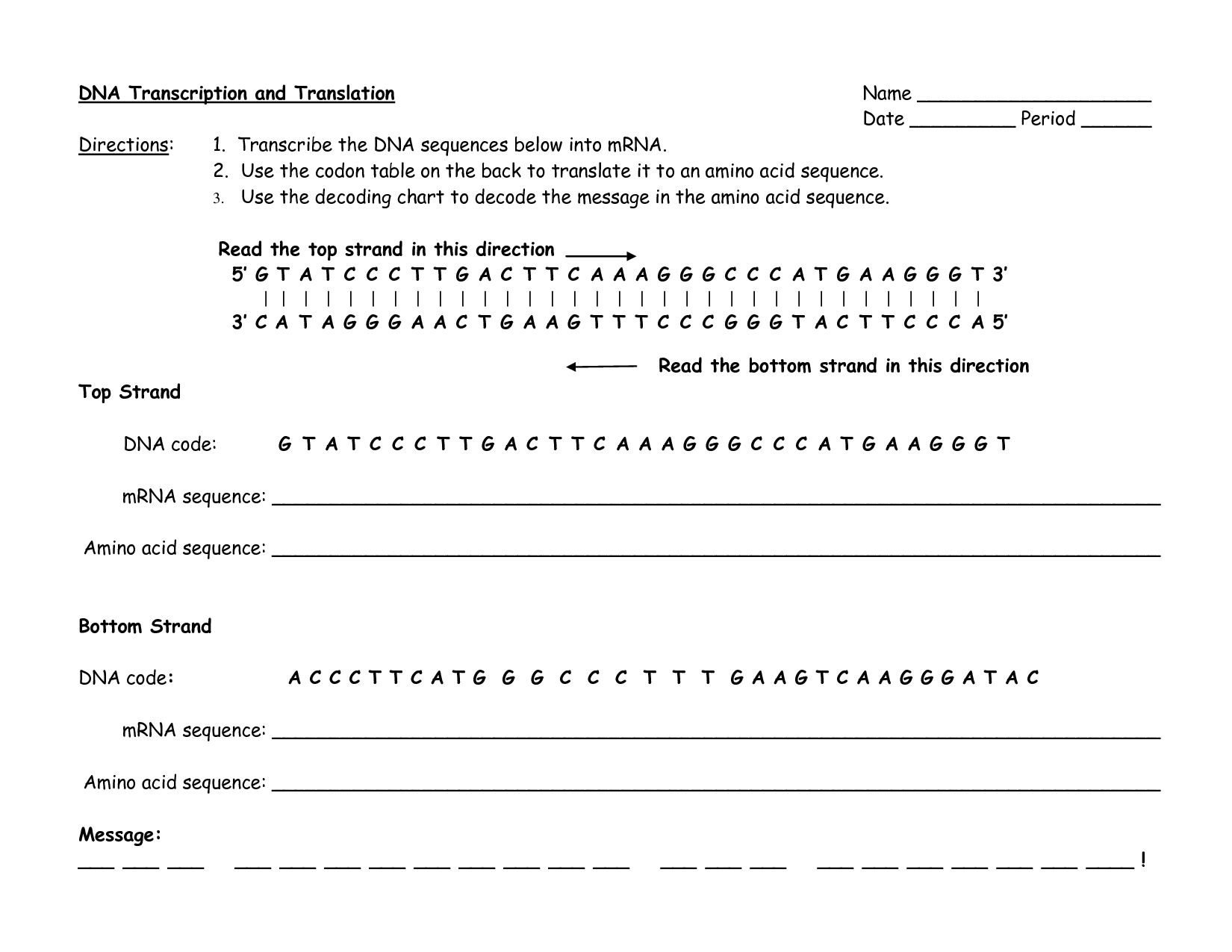
dicaskan5zhdblearning.z14.web.core.windows.net
Protein Synthesis Worksheet – Katelyn Owens | Library | Formative

app.formative.com
Answer Key Worksheet On DNA, RNA, And Protein Synthesis – Worksheets

worksheets.clipart-library.com
More Protein Synthesis Practice Worksheet | Live Worksheets

worksheets.clipart-library.com
Protein Synthesis Flow Chart Worksheet Answers

ar.inspiredpencil.com
Answer Key To Protein Synthesis Worksheet Protein Synthesis

janogroodocax49aschool.z21.web.core.windows.net
Protein Synthesis Worksheet Key 1617 – Name: KEY Protein Synthesis

worksheets.clipart-library.com
Protein Synthesis Worksheet Answer Key – Pro Worksheet
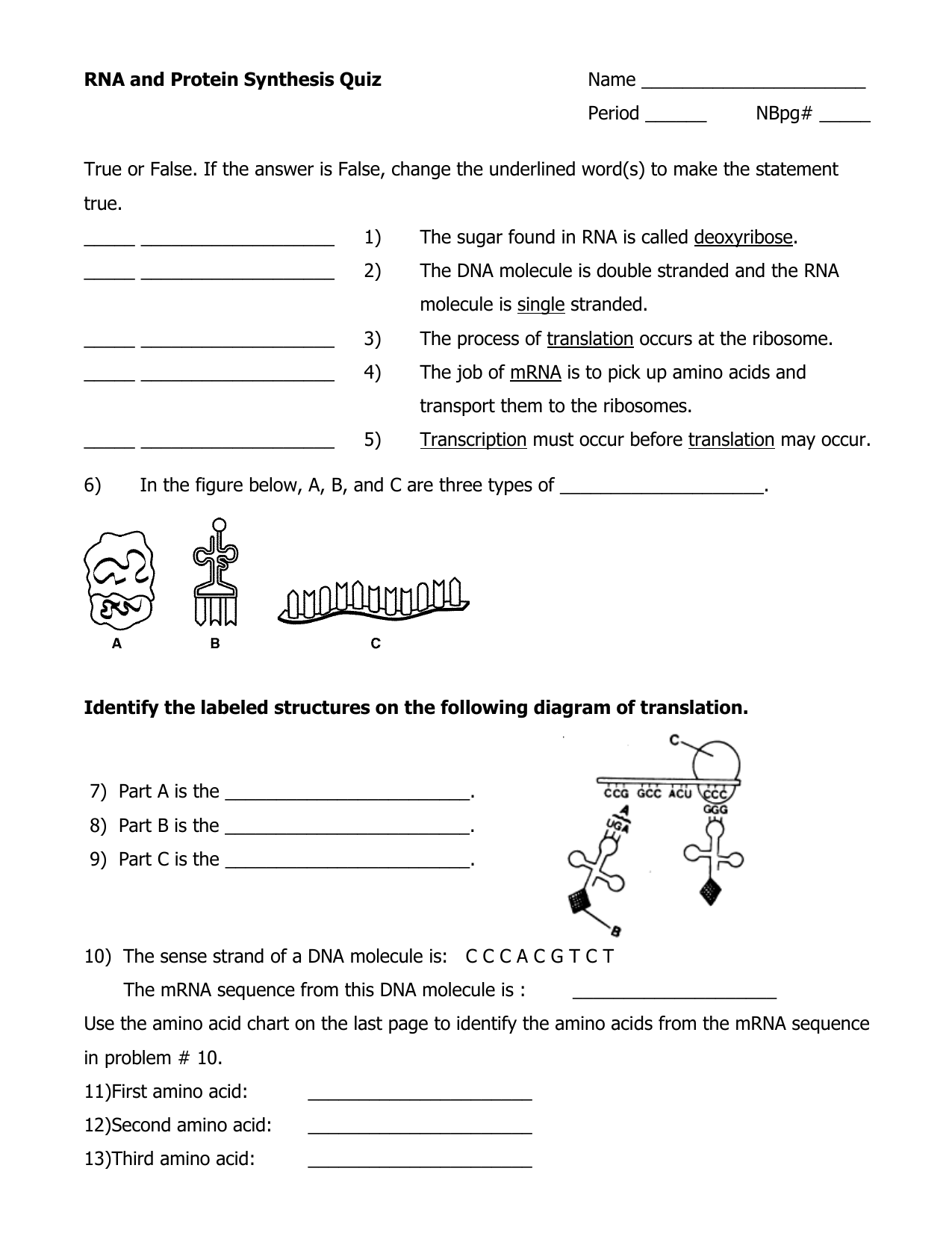
www.proworksheet.my.id
Answer Key To Protein Synthesis Worksheet Protein Synthesis

takmonglv9adblearning.z13.web.core.windows.net
Protein Synthesis Worksheets Worksheets Protein Synthesis

masivuxhnlessonmedia.z14.web.core.windows.net
Protein Synthesis Worksheet Answers – E-streetlight.com

www.e-streetlight.com
Protein Synthesis Flow Chart Worksheet Answers

animalia-life.club
Protein Synthesis Review Worksheet Answers Worksheet For Education

www.artofit.org
Protein Synthesis Worksheet Answers – Owhentheyanks.com
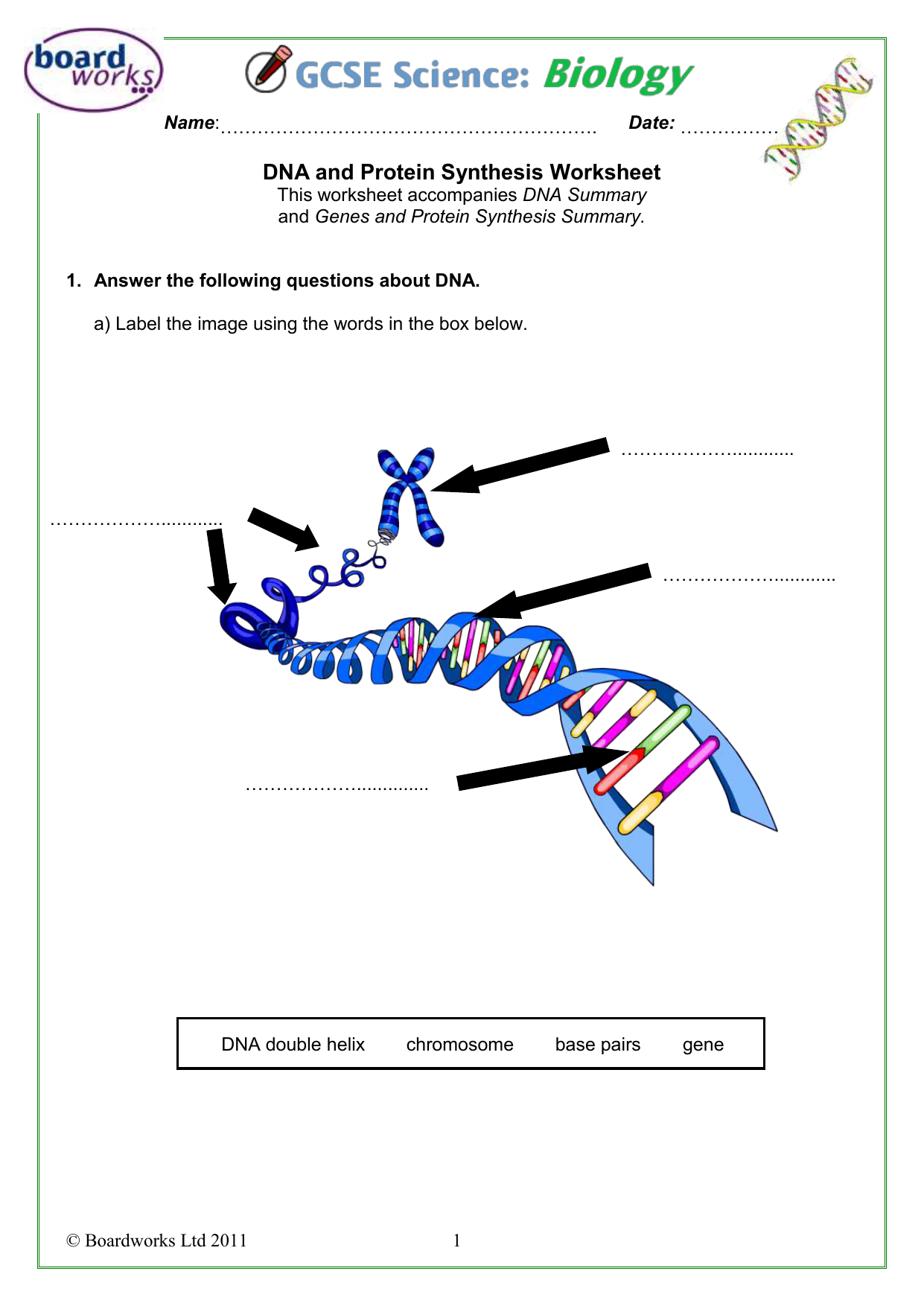
www.owhentheyanks.com
18 Comparing DNA And RNA Worksheet / Worksheeto.com

www.worksheeto.com
16 Making A Protein Worksheet / Worksheeto.com
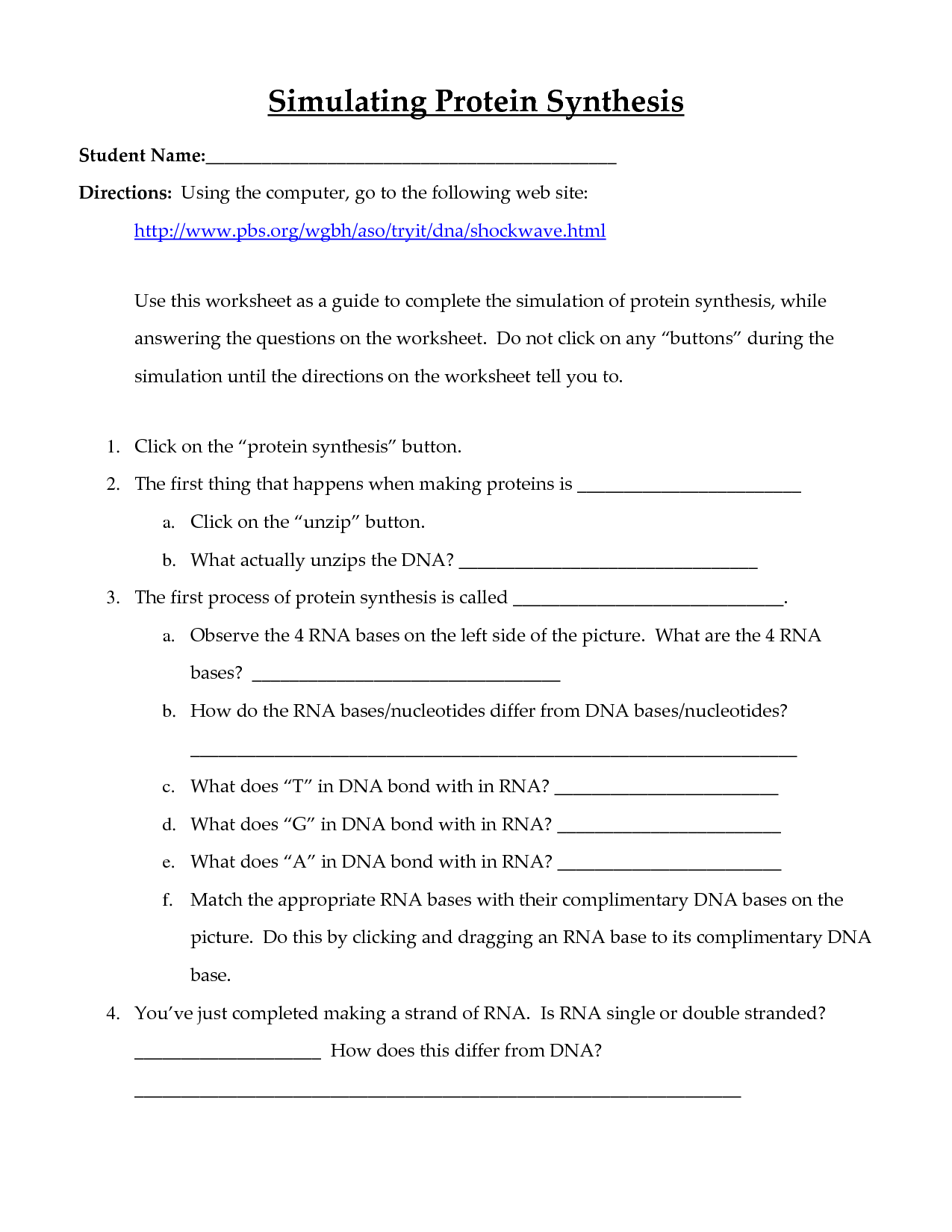
www.worksheeto.com
Visual Protein Synthesis Worksheet – Protein Synthesis Worksheet Name

www.studocu.com
Protein Synthesis Worksheet Biology Answers
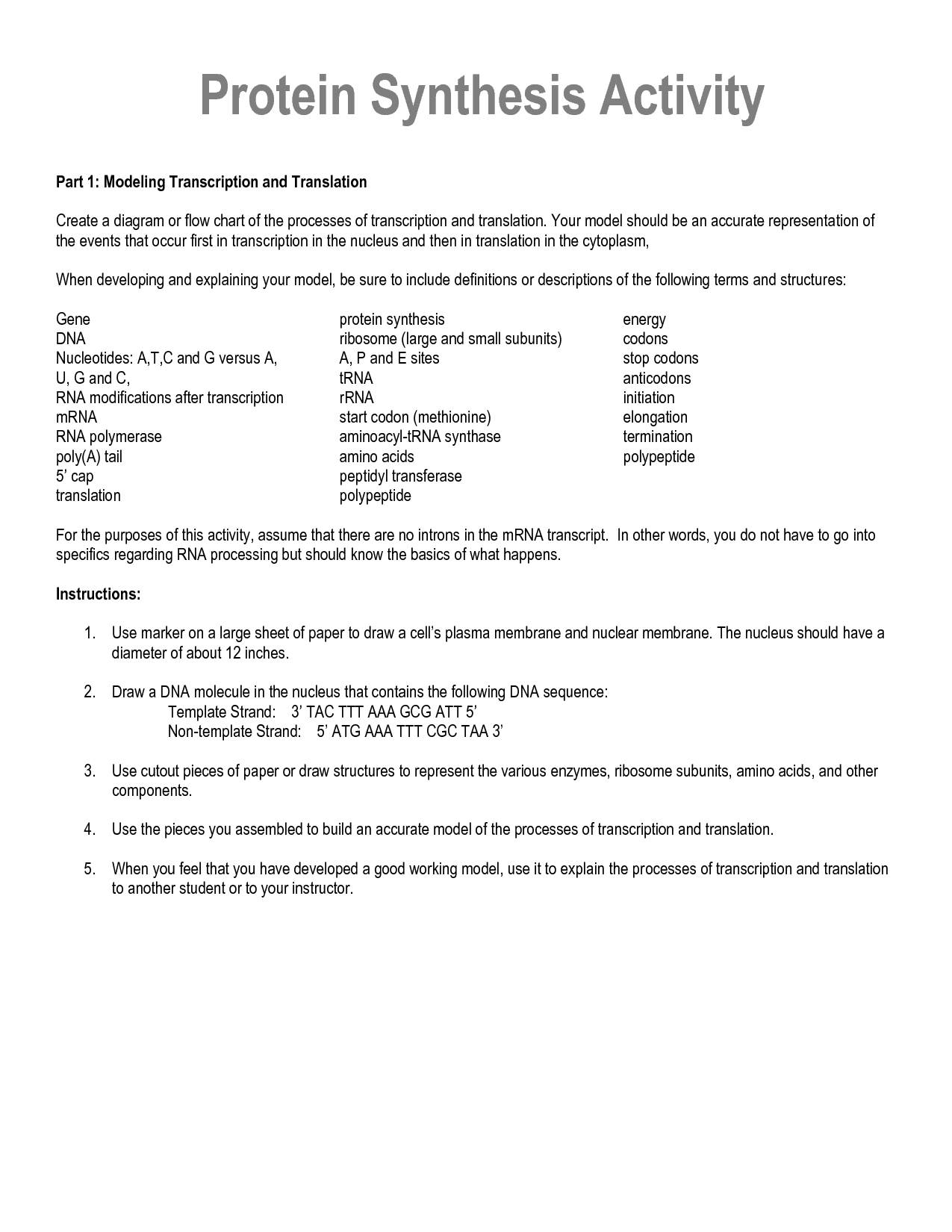
4t99oylessonmedia.z21.web.core.windows.net
Amoeba Sisters Protein Synthesis Worksheets

ideilorjljlessonlearning.z14.web.core.windows.net
Protein Synthesis Interactive Review Worksheet | Live Worksheets

worksheets.clipart-library.com
Protein Synthesis Worksheet Doc At Kayla Nimmo Blog
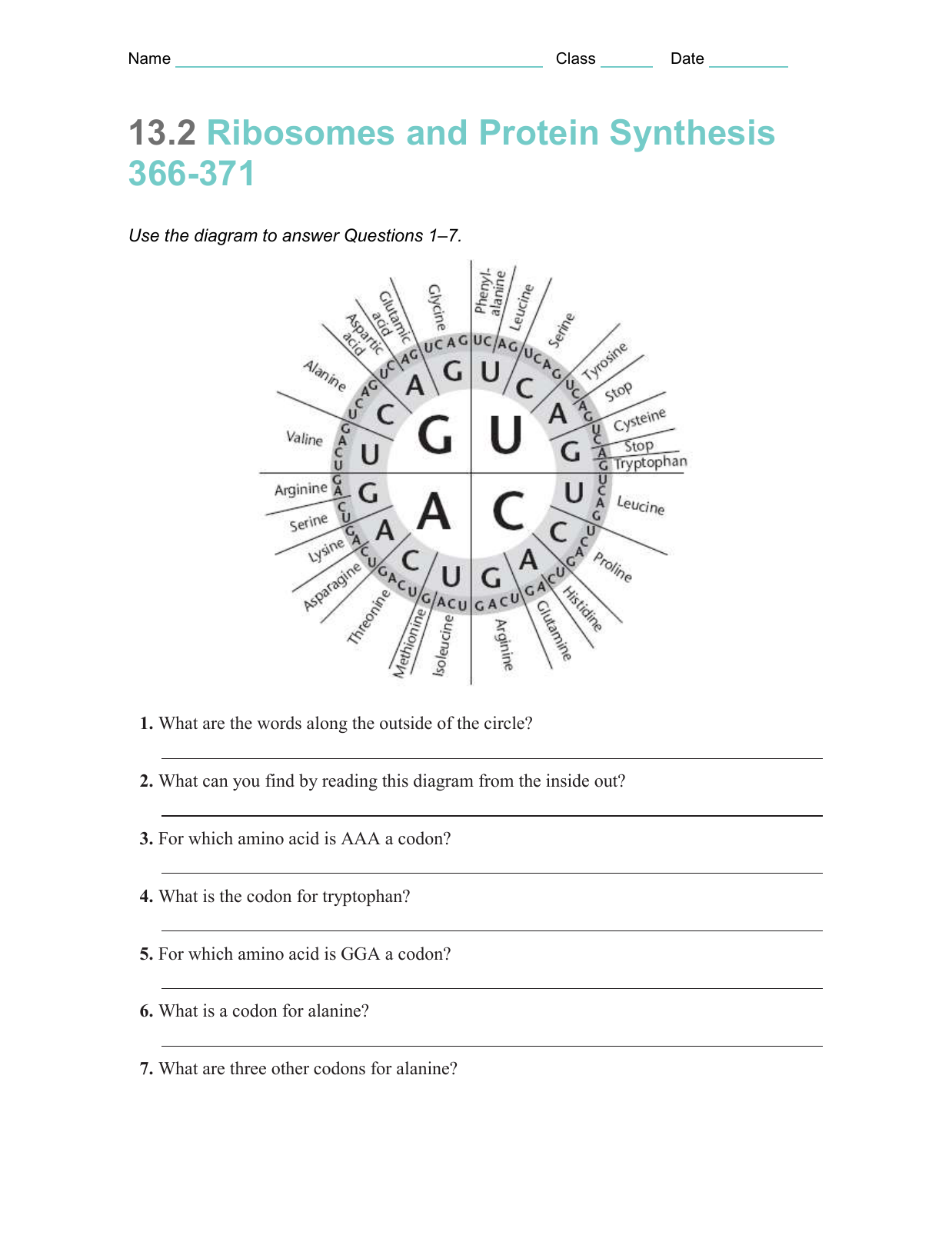
storage.googleapis.com
Answer key to protein synthesis worksheet protein synthesis. 16 making a protein worksheet / worksheeto.com. answer key to protein synthesis worksheet protein synthesis